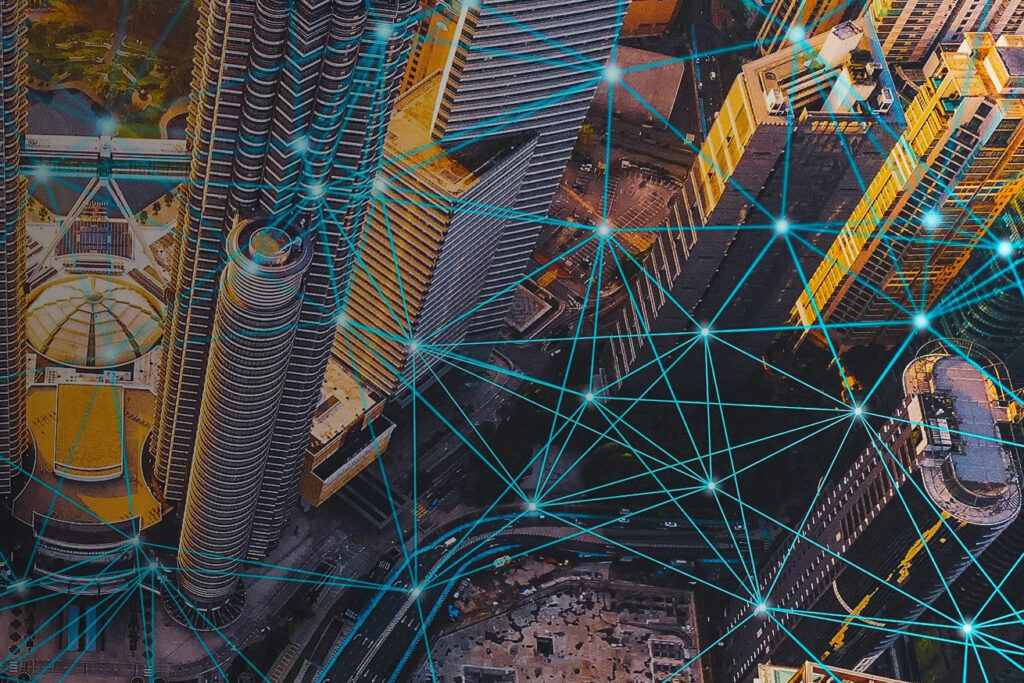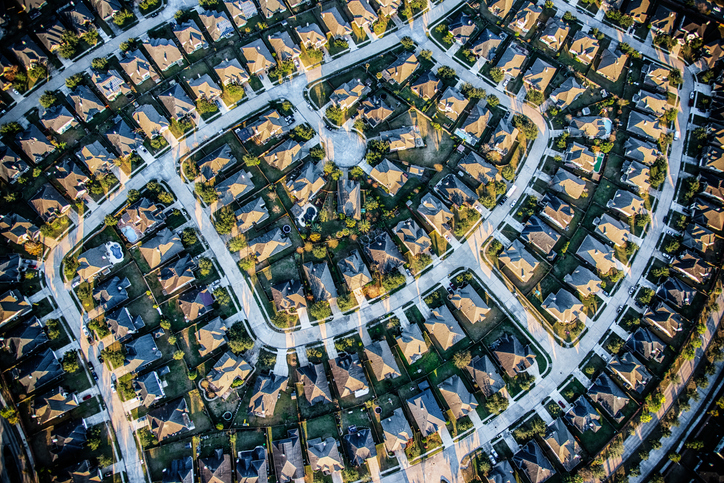By Sebastiaan Helsen, Director, APAC, Hexagon’s Safety, Infrastructure & Geospatial division.
Urban planning is a complex process that often involves participation and gaining buy-in from a wide-range of stakeholders, including individual citizens, resident groups and local business owners. Each stakeholder often has a unique opinion that they tend to express in public meetings.
The challenge is that many parties often lack the specialized knowledge to fully understand the impact of a new development. Depending on the kind of feedback gained, any new development – whether it’s new urban plans or architectural models – can effectively be slowed down by negative public input.
In addition, many cities, jurisdictions and even countries require by law all city planners to defend, justify and respond to every comment from the public around a new urban development. This process can also slow down the overall development process for any new urban plan, pointing to the need for a new way to present this information to the public.
With digital twin innovations, it is possible to share an architectural model of a new building, as well as transportation plans, in a digital environment to show the effects of any new development. These include the aesthetic changes, as well as impacts around sunlight and traffic, and beyond.

What is a Digital Twin?
Digital twins often refer to just the 3D model of a city or building. However, a true digital twin pulls in information from various sources that, when leveraged comprehensively, can provide city planners with unprecedented insights and actionable information.
An urban digital twin consists of multiple layers. The first layer is the digital city, which is a digital replica of the new development. From there, it is possible to add on data from sensors, alarms and other systems, as well as integrate artificial intelligence (AI) and simulations to provide a more complete picture.
Building Information Modeling (BIM), which is the generation and management of detailed digital representations of physical and functional characteristics of a building, also plays a key role in urban development. With true digital twin capabilities, it is possible to include all BIM data in these new digital representations.
Ultimately, urban digital twins give planners an intricate view of the municipalities they manage and are invaluable tools for envisioning their futures. Not only do they show planners their communities in 3D, but they also allow them to play out scenarios before they enact changes in the real world. These are all key data elements that can effectively be shared in public meetings.

Making the Case for Urban Digital Twins
Digital twins can also help cities achieve tremendous operational, financial and environmental outcomes. Benefits range from process efficiencies and higher productivity to moving to a sustainable and circular economy.
There are also significant cost-savings benefits from using digital twins. According to a 2021 report from ABI Research, digital twins drive more efficient urban planning and will lead to a $280 billion savings for cities by 2030. More efficient planning, as well as the avoidance of costly modifications around these types of construction and infrastructure projects, will drive much of these savings.
Impact of Urban Digital Twins on Gaining Public Buy-In
In addition to creating more transparency, digital twins create more public participation in planning, and can lead to stakeholders gaining a full and clear prospective of a project.
Digital twins also allow stakeholders to see an immersive view of the project, which can help them to think more critically about the impact of the developments. It is also possible to analyze any areas that developers believe have potential public concern and develop plans and solutions in advance – before the public even asks about it.
For example, when there are high-stakes construction projects in dense urban areas, digital twins can be used to share information around potential road closures, where construction cranes will be placed, and traffic rerouting efforts.

Certain cities are also moving towards creating tram and rail lines to minimise automobile traffic. City planners can use digital twins to show all potential impacts of these projects on surrounding communities before the projects even begin.
Urban planning is no small task and has wide-ranging impacts on the local community. By using an urban digital twin, city administrators can make better-informed decisions around a new project, and more effectively engage with all relevant stakeholders.
In the end, this will create more transparency, streamline the public buy-in process, and make it easier to bring these important projects to life.
Learn about Hexagon’s urban digital twin solutions here. (https://hxgn.biz/467R4P8).


